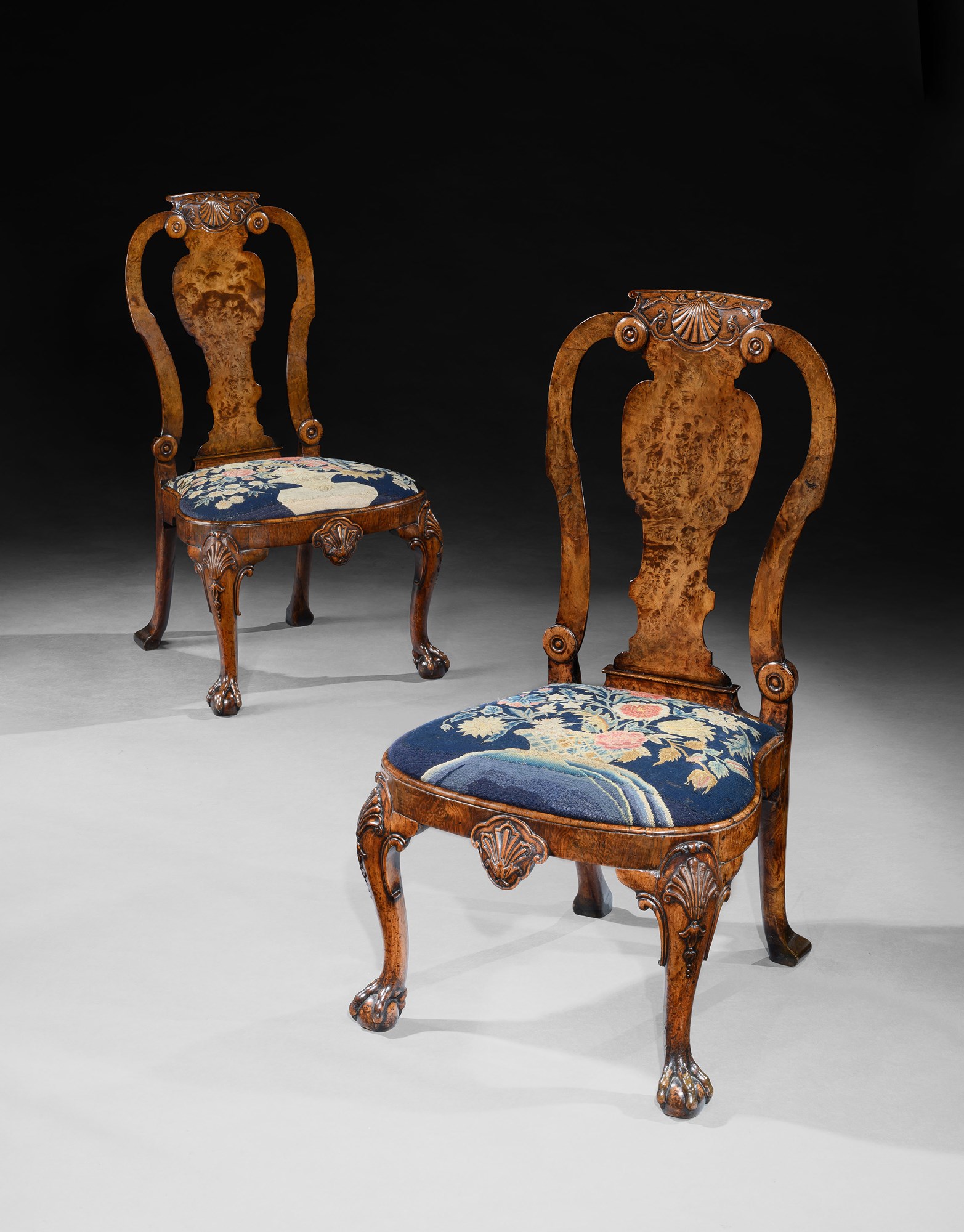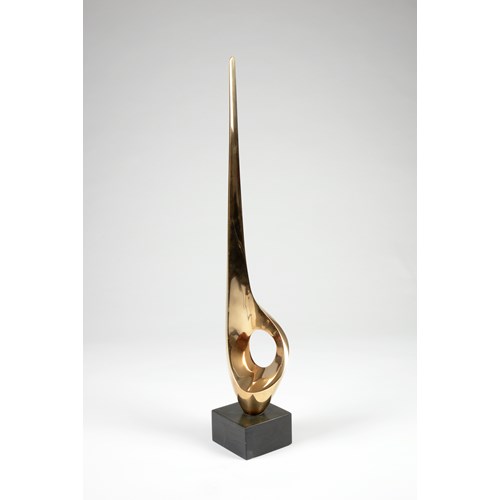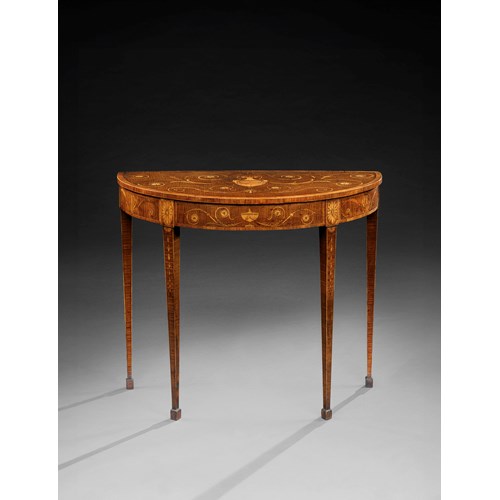Marketplace
A PAIR OF GEORGE II BURR WALNUT SIDE CHAIRS Attributed to Giles Grendey
A PAIR OF GEORGE II BURR WALNUT SIDE CHAIRS Attributed to Giles Grendey
Date English circa 1730
The presence of a chair label for the prominent maker Giles Grendey (1693-1780) on a richly figured walnut chair of this type forms a secure foundation for confident attributions of the finest chairs in this elegant style. Among furniture historians, Grendey's name evokes his most famous commission, a luxurious suite of japanned furniture for the Duke of Infantado that included at least seventy-seven pieces and is now dispersed in several major museums and galleries across the world. However, he is primarily known as one of the foremost makers of George II chairs, sometimes dubbed ‘Hogarth chairs’, which combined Chinese influences like the shaped vase-form back splat with the expressive burr veneers of the most coveted furniture timber of the day, walnut.
Two pairs of Grendey chairs from the collection of Dr and Mrs Francis D. Fowler sold at Christie’s New York, 18th -19th April 2012, lots 198 and 199 – these are part of the same suite as the present lot, are identical in design and were grouped with the present lot from the years 1826 to 1971, when they were at the Society of Antiquaries in Newcastle upon Tyne. The distinctive feature of this suite, which appears to be almost unique among documented Grendey chairs, is the creative design of the carved apron: this curious three-pronged emblem has been described as a ‘lappet and can also be observed on a gilt-gesso pair of armchairs from Houghton that sold at Christie’s London, 8th December 1994, lot 130, where it was described as a ‘stylised lambrequin’. One more example of this carved motif is pictured in the Dictionary of English Furniture, on a settee bearing the arms of Chetham’s Hospital in Manchester on the back splat. We can only speculate on the origin of this motif, which draws not only on the lambrequins of Bérainesque ornament but possibly also on the tripartite outline of the typical French emblem of the fleur-de-lys.
Generally, other comparable examples of chairs by Grendey share the inverted shell and foliate crest, the shape of the back splat, the four carved roundels, the shells and bellflowers to the legs and the claw-and-ball feet; there are many where the only observable difference is the unusual front rail.
Two pairs of Grendey chairs from the collection of Dr and Mrs Francis D. Fowler sold at Christie’s New York, 18th -19th April 2012, lots 198 and 199 – these are part of the same suite as the present lot, are identical in design and were grouped with the present lot from the years 1826 to 1971, when they were at the Society of Antiquaries in Newcastle upon Tyne. The distinctive feature of this suite, which appears to be almost unique among documented Grendey chairs, is the creative design of the carved apron: this curious three-pronged emblem has been described as a ‘lappet and can also be observed on a gilt-gesso pair of armchairs from Houghton that sold at Christie’s London, 8th December 1994, lot 130, where it was described as a ‘stylised lambrequin’. One more example of this carved motif is pictured in the Dictionary of English Furniture, on a settee bearing the arms of Chetham’s Hospital in Manchester on the back splat. We can only speculate on the origin of this motif, which draws not only on the lambrequins of Bérainesque ornament but possibly also on the tripartite outline of the typical French emblem of the fleur-de-lys.
Generally, other comparable examples of chairs by Grendey share the inverted shell and foliate crest, the shape of the back splat, the four carved roundels, the shells and bellflowers to the legs and the claw-and-ball feet; there are many where the only observable difference is the unusual front rail.
Date: English circa 1730
Provenance: Nathaniel John Hollingsworth, Rector of Haltwhistle, Northumberland;
The Society of Antiquaries of Newcastle upon Tyne, Northumberland, presented by Rev. Hollingsworth in 1826 where they remained until sold in 1971 (as a set of nine);
Acquired by Macy Darling, Washington D.C., 20 June 1972 (as a set of six);
Sotheby's New York, 12 October 1995, lot 300 ($120,000);
Partridge, August 1996
Literature: L. Morton (ed), Partridge: Recent Acquisitions, London, 1996. p.28.
More artworks from the Gallery









